VerseDay: Picture Books About Poets
Picture Books About Poets
I love making poets accessible to young people. No single book does that better than Sharon Creech‘s LOVE THAT DOG. However, there are poems by famous poets that I love to use as mentor texts for my students. I love learning about the poets behind the poems, so today I’m going to highlight a few of my favorite picture books about poets. Some of them are straight biography, others are illustrated biographies, and still others worth mentioning are historical fiction based on famous poets.
Picture Book Biographies
COOL MELONS–TURN TO FROGS! THE LIFE AND POEMS OF ISSA
Story and Haiku Translations by Matthew Gollub
Illustrations by Kazuko G. Stone
Lee & Low, 1998
Issa is one of the classic haiku poets, but even though he wrote beautiful haiku, he didn’t not have an easy life. His life was one fraught with sorrow, and at times, one that discouraged his writing. This is the story of his life interwoven with his haiku. The illustrations combine the haiku in the original Japanese with a painting depicting the image in the haiku. The back matter includes information about writing haiku and stories behind some of the original haiku. Students studying haiku will find this book full of examples of haiku and also the inspiring life of a poet. For more haiku books, see this annotated haiku list. For a lesson plan on teaching haiku, see this haiku mentor text lesson plan.
DAVE THE POTTER: ARTIST, POET, SLAVE
illustrated by Bryan Collier
Little, Brown, 2010
I wasn’t sure if I should include this in poet biographies because this book doesn’t focus on Dave as a poet. The text focuses on his life as a potter. It isn’t until we get to the back matter that we get a glimpse of the poetry that Dave sometimes wrote on his pottery. But I wanted to put this in because it is a unique story, and the story of a slave writing poetry on pots is a part of history that needs to be told. The text itself is a poem, full of exquisite language. I admired the writing of this book so much that I want to use it as a mentor text with my students. The illustrations by Bryan Collier won a Caldecott Honor. This short glimpse into Dave’s life as a potter also gives us a sense of the importance of words. Highly recommended whether or not you are studying famous poets. This book deserves to be read.
PABLO NERUDA: POET OF THE PEOPLE
by Monica Brown
Illustrated by Julie Paschkis
Henry Holt, 2011
I first discovered Pablo Neruda through his poems ODES TO COMMON THINGS and I fell in love his poems about, well, common things. This picture book biography is very short, poetic, and is accompanied by beautiful illustrations that make words swirl around the page. Between the poetic words and the poetic illustrations, the reader will feel like they’ve basked in poetry. In very few words, Brown gives history of Neruda, which was actually not his given name. She also talks about his activism and the types of poems he wrote. An author’s note is included along with more resources about Neruda. Young children would enjoy this book, but also older students who study Neruda will find this book to be a poetic introduction to the poet’s life.
A RIVER OF WORDS: The Story of William Carlos Williams
by Jen Bryant
Illustrated by Melissa Sweet
Eerdmans Books for Young Readers, 2008
I use this book when I teach LOVE THAT DOG because William Carlos Williams is one of the featured poets. This biography starts with Willie’s childhood love of nature all the way through his adulthood when he was a doctor scribbling poems on prescription pads. This is a phenomenal introduction to William Carlos Williams. The illustrations, done on the pages of old books, are filled with words and make every page interesting to study. His poems are woven in the illustrations and typed on the end papers. The back matter includes a timeline of Williams’ life, an author’s note, an illustrator’s note, and a list of resources for further reading. This is a must-have book for teachers who teach LOVE THAT DOG and anyone else who is interested in sharing William Carlos Williams with their students.
TO GO SINGING THROUGH THE WORLD: THE CHILDHOOD OF PABLO NERUDA
Written and illustrated by Deborah Kogan Ray
Frances Foster Books, 2006
I debated about including this in the longer illustrated books section, but decided to keep it here in the picture book category. It is a traditional length page-wise, even though the text is lengthy. One of the things I truly love about this book is that Ray uses Neruda’s own language–his descriptions and poetry–and weaves them seamlessly into the story that she tells about his life. The final effect is a beautiful story, even though his life was isolated. Neruda was secluded, misunderstood, and shy. It took a mentor, Gabriela Mistral, to encourage him and give him confidence in his work. The illustrations create the setting of his childhood, Chile, and make it seem mystical and a perfect one to inspire such a poet. The back matter includes an author’s note, more biographical information, and a timeline. While this book would not be as accessible to the young elementary students because of it’s length, upper elementary and middle school students would appreciate the story of this young poet.
Longer Illustrated Biographies
The books mentioned above are truly picture book biographies, meant to be read and shared in a shorter amount of time. The next ones I will mention don’t fit in the picture book category, even though they look like them. They are much longer texts but very much worth reading.
A VOICE OF HER OWN: THE STORY OF PHILLIS WHEATLEY, SLAVE POET
illustrated by Paul Lee
Candlewick Press, 2003
This book looks like a picture book and has illustrations much like a picture book, but the text is lengthy and separated into sections or short chapters. It begins with her voyage from Africa and being sold in Boston as a slave. Lasky tells her story with such beautiful sensory language. Because Phillis could write, she was different than an ordinary slave and not really accepted in the slave or white communities. However, her poetry still amazed and was published. I highly recommend this book for teachers to read this inspirational story to their students.
WILLIAM SHAKESPEARE & THE GLOBE
Written and illustrated by Aliki
HarperCollins, 1999
Broken into acts and scenes, like one of Shakespeare’s plays, Aliki details Shakespeare’s life from childhood to the opening of the Globe playhouse. Aliki’s illustrations break up the text and really show what the setting, the homes, and even the people looked like during Shakespeare’s time. She even includes maps and diagrams. This really makes the late 1500s-early 1600s accessible to young people who might not have any background for that time period. While the focus is more on the Globe playhouse, this part of the poet’s life is important and interesting and gives younger students (and probably some older students) the opportunity to get into Shakespeare’s world.
Historical Fiction
As I began taking books about poets off of my shelf, I realized they didn’t really fit into neat categories. The ones I detail below aren’t true biographies. They have a bit of a unique twist to them, mostly historical fiction. But they are still worth mentioning when highlighting picture books about poets.
by Michael Bedard
Pictures by Barbara Cooney
Delacorte Press, 1992
Emily Dickinson wrote a poem about the “angels” that lived next door. Bedard’s book is an imagined encounter with a young girl and Emily Dickinson. Bedard does highlight facts from Emily Dickinson’s life. It includes an afterword explaining some of the facts behind the story, and it also includes the poem that inspired the little girl’s point of view.
EMILY DICKINSON’S LETTERS TO THE WORLD
Story and pictures by Jeanette Winter
Frances Foster Books, 2002
This tiny book is like a gift book. The short beginning is told from Emily Dickinson’s sister’s point of view after Emily’s death. She reflects on what others thought about her sister and then her discovery of hundreds of poems. The rest of the book contains poems of Dickinson’s illustrated by Winter. There is a short author’s note at the back. This would be a good introduction to Emily’s poems for young people or even as a gift book for an adult who loves Dickinson’s poetry.
GRASS SANDALS: THE TRAVELS OF BASHO
by Dawnine Spivak
Illustrated by Demi
This is another celebration of a historic haiku master’s life. Much of Basho’s travels through Japan are highlighted. What makes this historical fiction, in my mind, is that Basho’s thoughts and dialogue is written in this book. I suspect they are imagined thoughts and dialogue, though this wasn’t made clear in the author’s note. Additionally, the author did note that some of the travels were combined for this book, so it is not an accurate biographical retelling. However, it does give the reader a sense of his travels and the things he saw and wrote about. The essence of the book is that he noticed the small, everyday happenings and wrote haiku about them. Basho’s haiku are interspersed on the pages. The illustrations are done in ink with Oriental brushes and it looks like they are on mulberry paper. If you want to introduce another historic haiku poet to students, this is another excellent text to explore.
by Tony Medina
Illustrated by R. Gregory Christie
Lee & Low, 2002
This tribute to Langston Hughes is told in poems. Medina brings the live of Langston Hughes to the reader through poetry imagined through the voice of Hughes. While not straight biography, students will enjoy the accessibility to Hughes’ life that Medina’s poetry brings. The poems themselves are full of amazing word choice, historical context, and emotions that ground us to Hughes. The back of the book gives historical context to each poem. This would be a great mentor text to help students create a poem from the viewpoint of a famous person. The acrylic paintings by Christie also enhance the emotions of his life.
Illustrated by Bryan Collier
Henry Holt, 2002
I’ve always been in awe of Bryan Collier’s illustrations, and this book is no exception. His watercolor and collage techniques manage to set the scene for the time of Langston Hughes in a way that makes it feel real and tangible. The text is one poem told from the viewpoint of a little girl whose Daddy is a friend of Langston Hughes. It’s told through her viewpoint as she sees Langston and anticipates seeing him, like she does often. While this is not a biography, we do get a glimpse into Hughes’ life through details the little girl shares and we get more of a glimpse into his world through Collier’s illustrations. This would be a great companion book to LOVE TO LANGSTON and I often use them together when I teach text-to-text connections.
What Have I Missed?
I’m always on the lookout for good picture books about poets. So, what have I missed. What are your favorites? I want to find more!
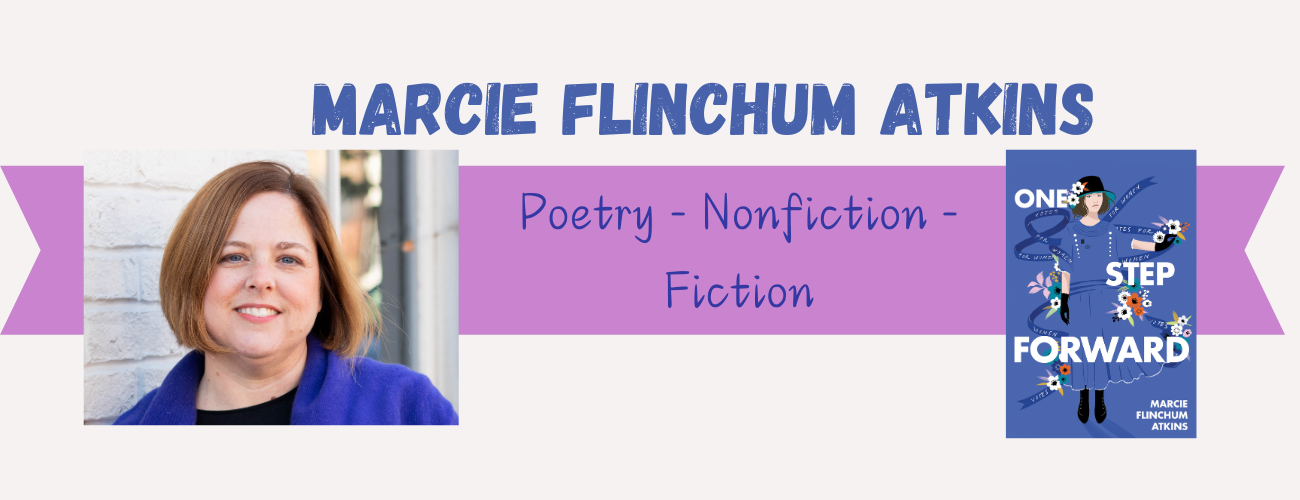
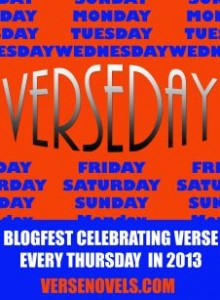
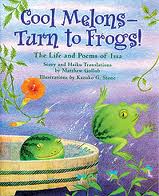
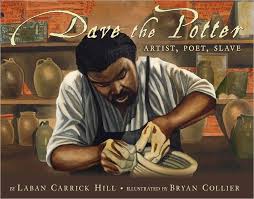

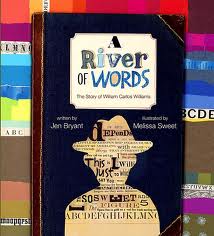
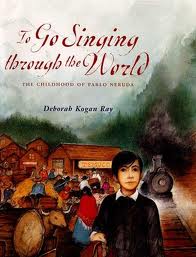
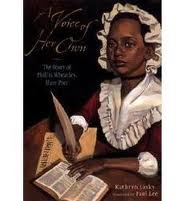
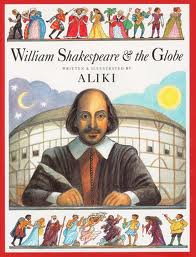

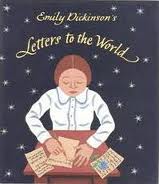
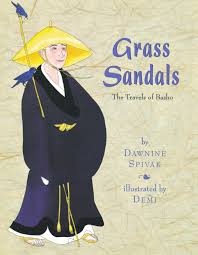
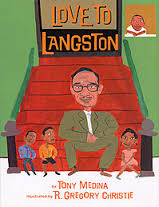
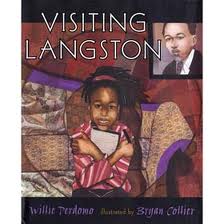
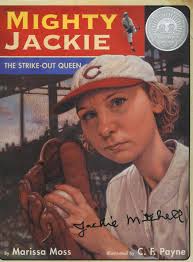

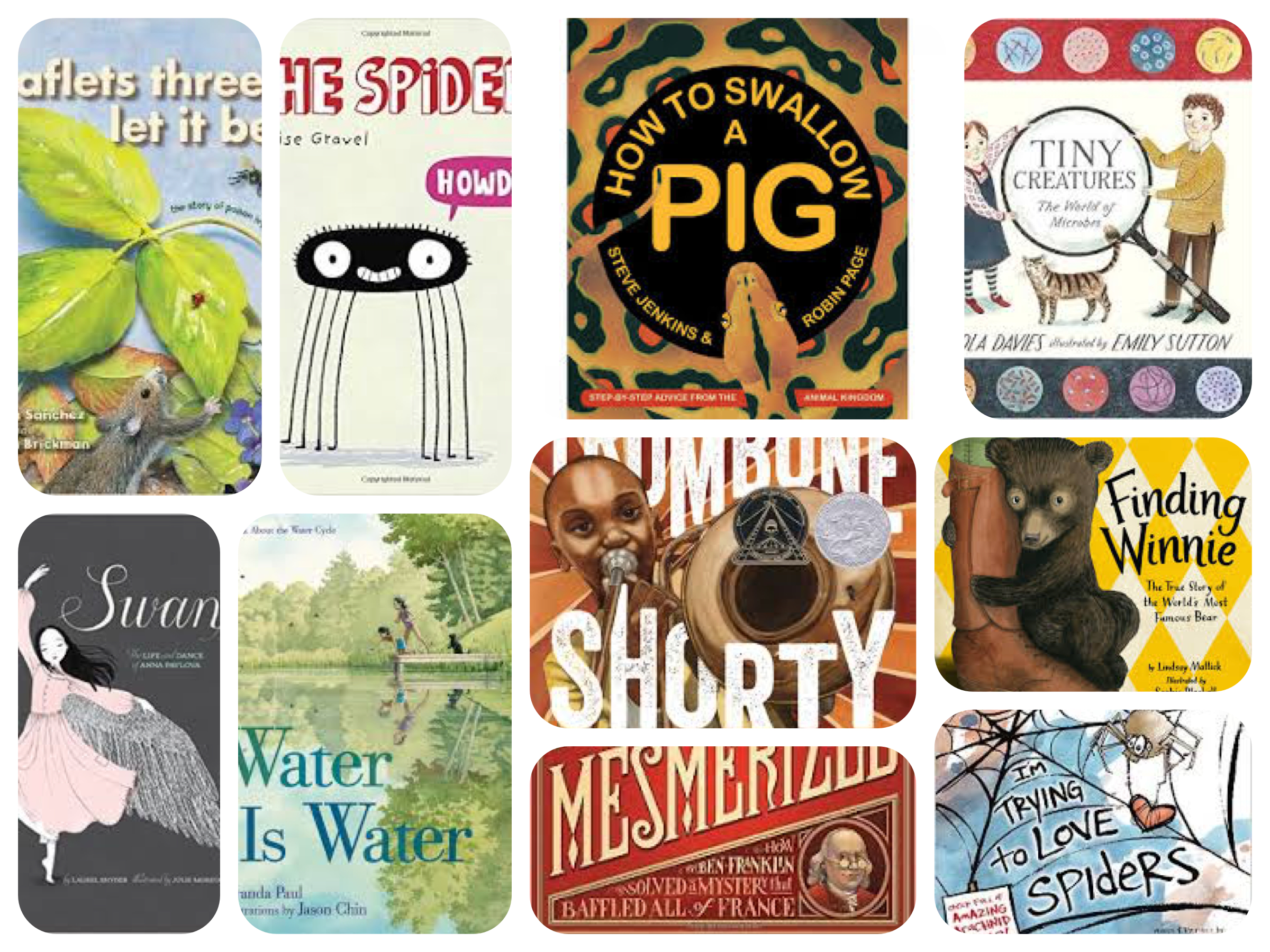
8 Comments
Cathy Ballou Mealey
You did a wonderful job collecting and summarizing these books Marcie!
Marcie Flinchum Atkins
Thanks so much, Cathy! I hope it’s helpful!
Gabrielle Prendergast
What a great list. So interesting in light of the discussion about diversity in children’s literature how DIVERSE the list is! Is non fiction where we will find all the books about people of color for kids? Great list but also makes me think lots of big thoughts.
Terry Farish
I love these titles and the wisdom of your selections. I work with adult English language learners and these would be wonderful for our reading. Thank you.
Terry Farish
Marcie Flinchum Atkins
Thanks, Terry! I hope it’s useful!
Natalie Dias Lorenzi
Great recommendations–thanks for sharing! If you’d like a shorter Phillis Wheatley picture book biography, I highly recommend Anna Malaspina’s version, Phillis Sings Out Freedom.
Marcie Flinchum Atkins
Thanks! I will look it up. I’m not familiar with that one.
Pingback: